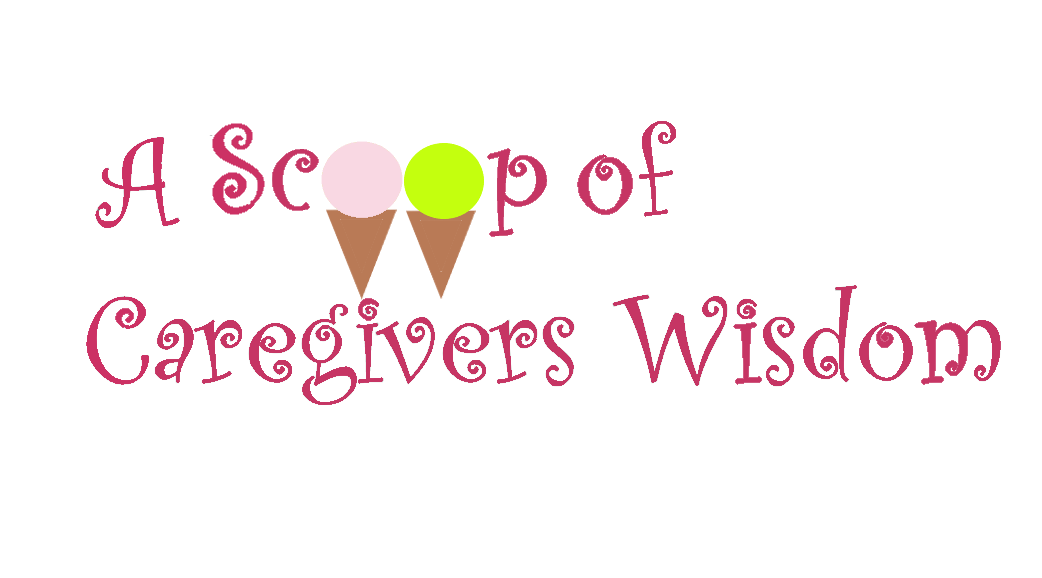Many children have had the opportunity to spend time at our center throughout the years. We have had Children volunteer for Scouts, National Honor Society, and to complete requirements for high school. Our staff have been able to bring their children to work on special days like “bring your child to work day” and for special events such as Olympic Day, Prom and holiday festivities. As staff’s children get older, they are able to come to the center when their schools are closed due to snow and holidays. These children range in age from pre-school through 18 years of age. The younger kids join in activity and spend time with the clients while the older children not only spend time with the clients, they also help with running activities, filing, mailings, and yard work.
My older children grew up coming to the center every day. As toddlers they sat at tables in booster seats and would interact with the clients sitting around them. They would also move around in their walkers visiting each of the clients while clients sat in the recliners after lunch, or while they were waiting for activities to begin. You could see the pleasure the clients received as the boys approached each of them in their walker and the clients engaged with them.

As my boys got older and became more comfortable in the center environment my oldest son, Ryan would arrive, and think nothing of making room for himself at a table filled with clients. He would often get involved in the board game they were playing or the craft project. Many of the children that come on a regular basis become extremely comfortable playing ball, helping clients hold a paint brush, collecting the bowling ball pins and setting them up after each client takes a turn, running the bases during a balloon baseball game, and taking part in our exercise program.
All these kids that get involved in our program become motivators for our clients. When kids are involved in our programming at the center you can see the following differences:
- an increase in the number of clients involved in the activity.
- clients tend to stay involved in the activity for longer periods of time.
- The volume of the room rises when kids are in the center, and you can hear the excitement in the air and see the client’s spirit’s lift.

Those of you that know me well, also know that I had a child late in life and he spends a lot of time at the center. Rory is 6 years old, with a ton of energy and a curiosity to match. Clients and staff have made a huge impression on him and he is always excited to come into the center and see everyone. (It took him a long time to understand that no one was in the building when we closed due to covid. The disappointment on his face when we opened the door and he realized that no one was inside was hard to manage.) It reminds me of when his older brothers spent time at the center.
Prior to the pandemic and our mandatory closure, Rory would come into the center, put his stuff down and we would not see him until it was time to leave at the end of the day. He has become such a part of the program and has made an impact on many of our clients. We have a client that attends with dementia and she lights up when she sees him. She enjoys the following activities when Rory is with her:
- sitting and coloring with him
- talking and answering his questions
- tossing the ball around.
- reading to him.
Rory helps her get through the last hour at the center because instead of watching other clients leave, and wondering where her ride is, she is focused on her time with Rory and the activities they are doing.


Our male clients are drawn to the kids as much as the women are, each enjoying the time they spend with the children that visit our program. It is comforting to see a child sitting next to a client and observe the interaction that is taking place between them. The compassion and understanding that these children gain from spending time with seniors and disabled adults is something they will carry with them and will be able to think back on and draw from throughout their lives. We witness first hand the level of impact that spending time with our clients has on the children who spend time with us. Many of them are sad to leave at the end of their scheduled time with us and ask if they can return and visit the clients. We’ve also had a number of younger adults keep in touch with us through the years and inquire how clients they spent a lot of time with are doing.
Children, seniors and disabled adults all benefit from time spent together.
Benefits for Seniors:
- it allows them to continue to be nurturing.
- connecting with young people and discovering things they have in common.
- reminicing and sharing past experiences with them.
- improving their mental health.
Intergenerational programs benefit disabled adults because:
- it gives them the opportunity to interact and spend time with children.
- their sense of humor and ability to relate to children is visably clear when they get to spend time together.
- they get a sence of belonging and being accepted for who they are.
Children benefit by:
- learning to accept others for who they are.
- learn the meaning of empathy, and being able to show sensitivity and compassion for others.
- to breakdown the barriers that cause us to be distant or awkward around those with disabilities.
